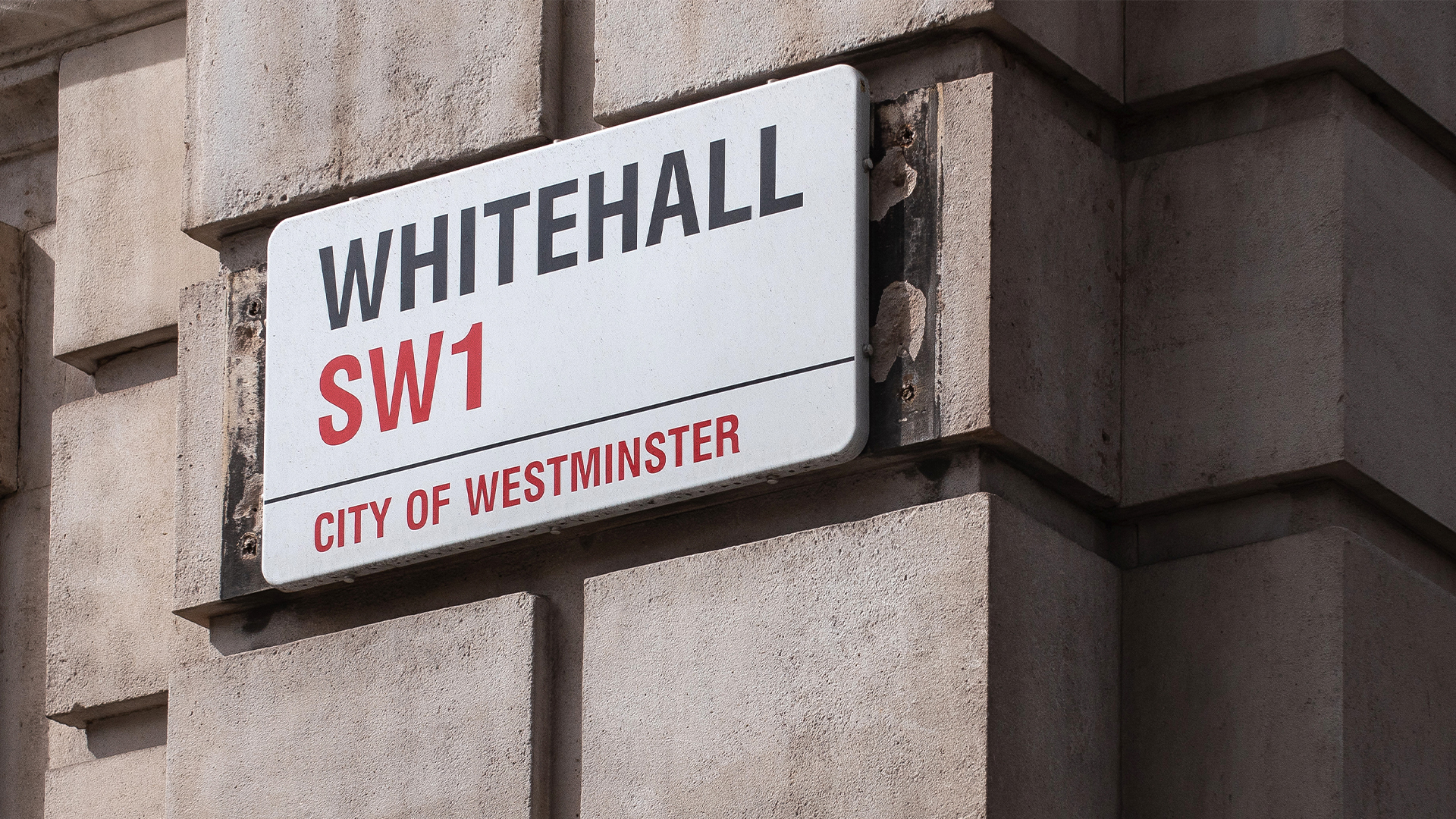Labour's digital review: The good and the bad
Why Labour's digital review is right about focusing on skills, and wrong about expanding the GDS

Labour's proposed shake-up of government IT procurement "stirs up a hornet's nest" of issues, according to an analyst.
The party last week welcomed the findings of an independent report it had commissioned to propose ideas that would inform its digital strategy should it come to power next May.
The review, entitled Making Digital Government Work for Everyone, makes 35 recommendations that will be considered as Labour defines its manifesto ahead of 2015's General Election.
Procurement
But the report does call on the party to fix the Coalition's "antagonistic" relationship with large, incumbent suppliers as well as simplifying myriad cloud procurement frameworks to make them easier for SMBs to use.
While TechMarketView analyst Georgina O'Toole welcomes the review's desire to shake up procurement, she warns there are a lot of problems to address.
She says: "The review stirs up a hornet's nest when it comes to procurement. But then we always thought it would. There is so much to question."
Get the ITPro daily newsletter
Sign up today and you will receive a free copy of our Future Focus 2025 report - the leading guidance on AI, cybersecurity and other IT challenges as per 700+ senior executives
She points to the "confusing number of different arrangements" when it comes to procurement, and agrees that rationalisation is required.
Specifically, the review wants a future Labour government to reduce the number of procurement frameworks that exist over time.
It says the current proliferation of frameworks with similar offerings is a barrier to smaller suppliers, who may have to sign up to several to avoid missing out on potential customers.
"When suppliers are small the cost of keeping up-to-date with ever-changing frameworks can be a high percentage of their revenues and give a disincentive to enter the public sector," it reads.
However, Stephen Roberts, MD of analyst house Kable, expects to see different types of frameworks listed alongside G-Cloud, the cloud commodity framework, believing they could be well-used by being simpler than the catch-all that G-Cloud has become.
"Some buyers prefer frameworks which offer a clearer guide to the appropriate shortlist and choice, we'll likely see these types of vehicles on the Digital Marketplace in addition to G-Cloud," he says.
O'Toole agrees with the review's welcoming of the current Government's open contracting approach, where bids are made visible to encourage competition, but warns "we need to be careful of falling into the cheaper is better' trap that a focus on price rather than performance can lead to."
Another recommendation is for the next government to publish guidelines on how multiple firms can work together on the same project.
It also suggests that Labour work together with large suppliers to fix damage it claims has been done by the current Cabinet Office's drive to break free of incumbents' large, expensive contracts.
The review says: "The language and debate became extremely heated. There appeared to be a desire to demonise all large suppliers rather than to highlight the bad while praising the good.
"We should aim to work together to produce those better outcomes rather than simplistically labelling all large suppliers as bad."
However, O'Toole points out the report is keen to embrace the Coalition's red lines policy, where no IT contract can exceed 100 million.
"What the review doesn't question is the red lines' drawn by the Cabinet Office," she says, adding that the report misses the opportunity to state support (or a lack of it) for the Government's service integration and management (SIAM) tower procurement model, where a prime supplier co-ordinates the delivery of separate but related contracts.
"We are also keen to understand what comes next'; the current administration has stated the tower model is short-term and won't be appropriate under Government-as-a-Platform. So what will be?" she questions.
-
 Meta just revived plans to train AI models using European user data
Meta just revived plans to train AI models using European user dataNews Meta has confirmed plans to train AI models using European users’ public content and conversations with its Meta AI chatbot.
By Nicole Kobie
-
 AI is helping bad bots take over the internet
AI is helping bad bots take over the internetNews Automated bot traffic has surpassed human activity for the first time in a decade, according to Imperva
By Bobby Hellard
-
 Starmer bets big on AI to unlock public sector savings
Starmer bets big on AI to unlock public sector savingsNews AI adoption could be a major boon for the UK and save taxpayers billions, according to prime minister Keir Starmer.
By George Fitzmaurice
-
 UK government targets ‘startup’ mindset in AI funding overhaul
UK government targets ‘startup’ mindset in AI funding overhaulNews Public sector AI funding will be overhauled in the UK in a bid to simplify processes and push more projects into development.
By George Fitzmaurice
-
 UK government signs up Anthropic to improve public services
UK government signs up Anthropic to improve public servicesNews The UK government has signed a memorandum of understanding with Anthropic to explore how the company's Claude AI assistant could be used to improve access to public services.
By Emma Woollacott
-
 US government urged to overhaul outdated technology
US government urged to overhaul outdated technologyNews A review from the US Government Accountability Office (GAO) has found legacy technology and outdated IT systems are negatively impacting efficiency.
By George Fitzmaurice
-
 Government urged to improve tech procurement practices
Government urged to improve tech procurement practicesNews The National Audit Office highlighted wasted money and a lack of progress on major digital transformation programmes
By Emma Woollacott
-
 Government says new data bill will free up millions of hours of public sector time
Government says new data bill will free up millions of hours of public sector timeNews The UK government is proposing new data laws it says could free up millions of hours of police and NHS time every year and boost the UK economy by £10 billion.
By Emma Woollacott
-
 Three giant tech challenges the UK’s new government faces right now
Three giant tech challenges the UK’s new government faces right nowOpinion Five years starts now, and there’s not a second to waste
By Steve Ranger
-
 G-Cloud 13: UK government 'inhibiting' cloud SMEs' ability to adapt to harsher business landscape
G-Cloud 13: UK government 'inhibiting' cloud SMEs' ability to adapt to harsher business landscapeNews Suppliers on the cloud services portal have hit out at an extension to the current iteration of G-Cloud
By Ross Kelly